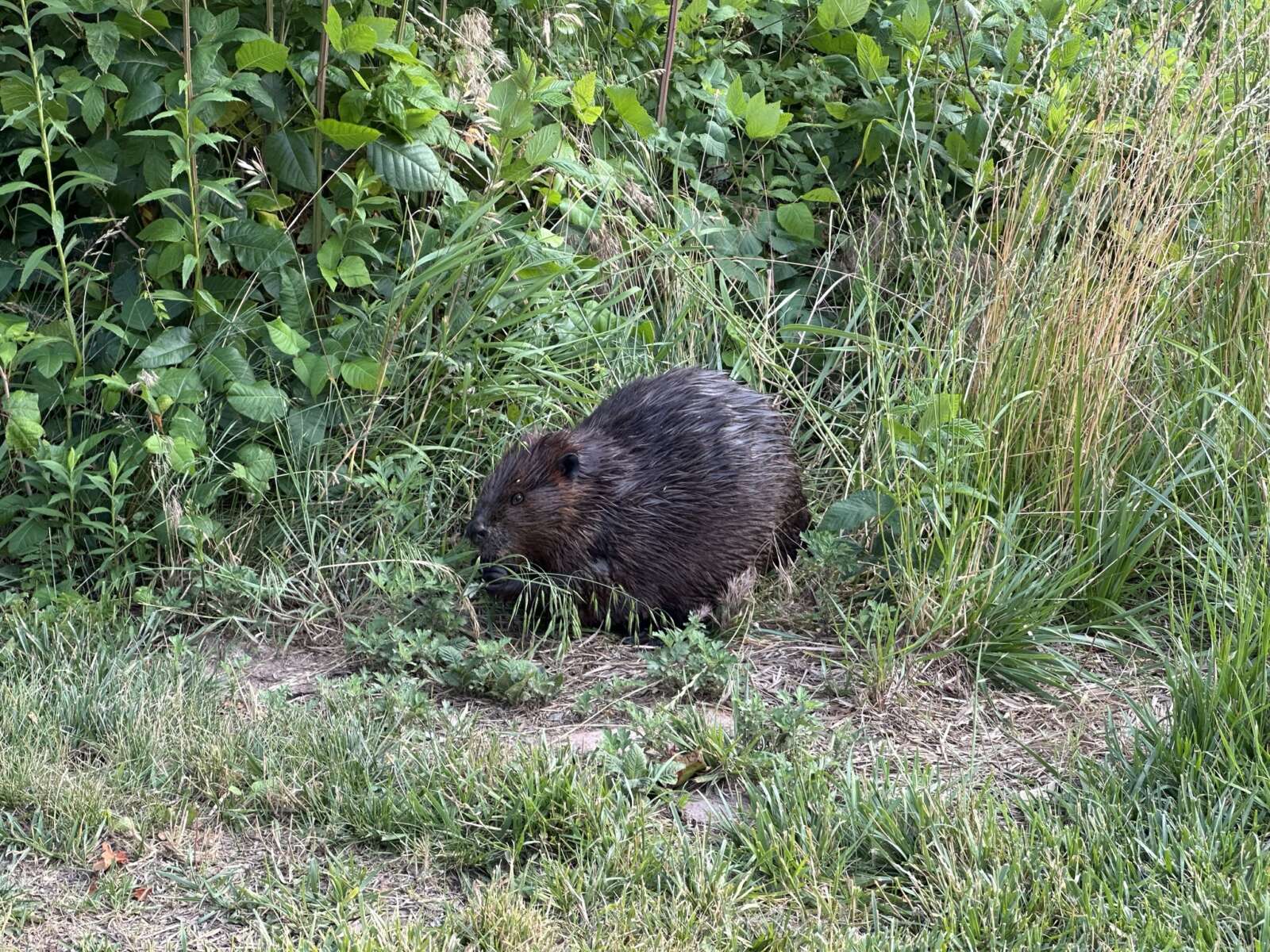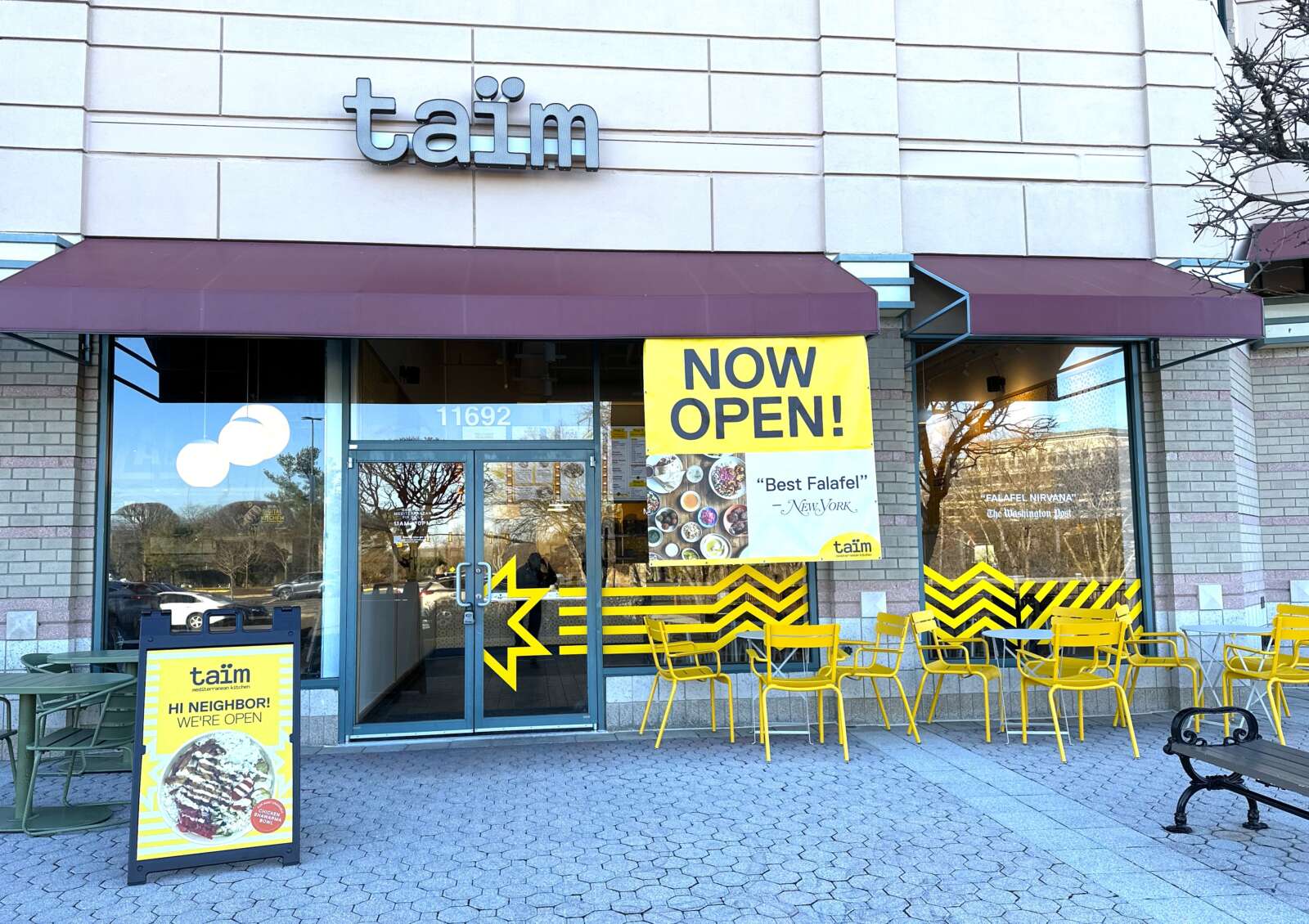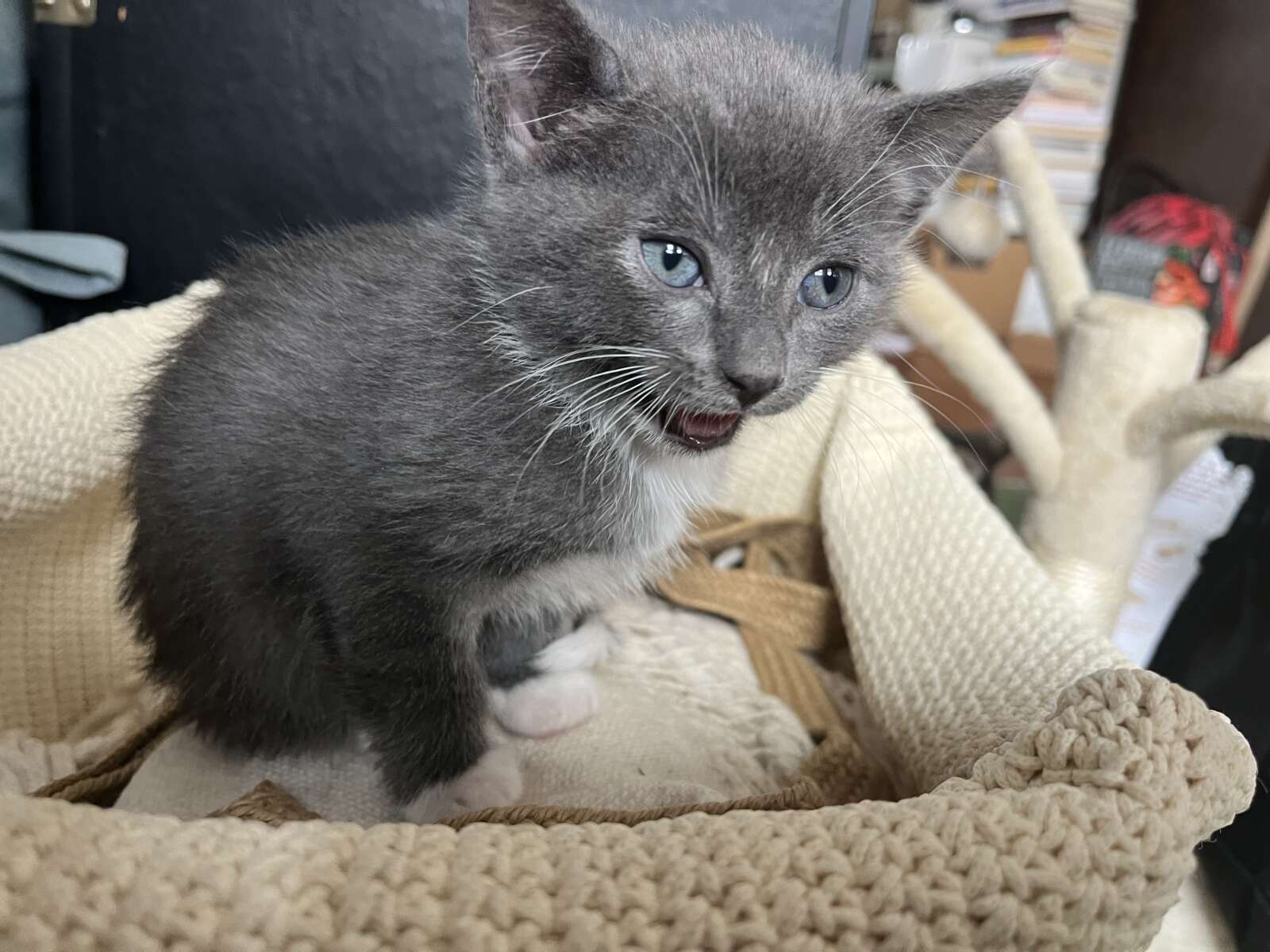This is a sponsored post by Elizabeth Argeulles, veterinarian and owner of Just Cats Clinic at Lake Anne Plaza.
As a cat owner, one of the most important things to pay attention to in your cat is how much and how often they eat. It can be very indicative of your cat’s overall health and how they are feeling in general. When cats don’t eat enough, it can lead to serious liver disease and other complications. Hepatic lipidosis (HL) or fatty liver disease can be very dangerous in cats of all ages if not treated quickly.
What is hepatic lipidosis?
When a cat stops or drastically reduces its food intake, the body starts breaking down fat reserves to make up for the lost energy and nutrients. Unfortunately, the kitty’s liver is not designed to process so much fat so quickly. As a result, the fat gets stored in the areas surrounding the liver and compromises the liver’s natural functions.
Yellow pigments then collect in the cat’s blood and tissues, leading to a jaundiced appearance. When cats begin to have a jaundiced appearance, it is very important to have them examined and treated as soon as possible because it can be a life-threatening condition.
What causes hepatic lipidosis?
Typically, a drastic drop in food intake is the most common cause of fatty liver disease, but it’s important to remember it’s only secondary to the bigger question of why did your kitty stop eating. In some cases, it can be due to environmental stresses like a change in diet, a recent move, or introducing a new baby or pet in the house. Talk to your vet about any potential stresses that could have occurred in house.
In addition to stress and changes, there are several disorders that can lead to fatty liver disease, such as liver disease, cancer, diabetes, pancreatitis, and chronic kidney disease.
What are the signs and symptoms?
HL is a somewhat unique condition, in that the most important signs manifest themselves before the onset of the disease itself. Those signs include things like a refusal to eat, rapid weight loss, consuming less food than normal, or suddenly becoming a finicky eater. You should also notate other behaviors that could be contributing like vomiting, diarrhea, or even constipation.
Always schedule an appointment with your veterinarian as soon as you realize your cat is not eating enough. Once you start to see symptoms like yellowing of the eyes, drooling, and/or tilting of the head or neck, it is important to get to a veterinarian right away. These symptoms are considered potentially life threatening and require treatment immediately.
How is hepatic lipidosis diagnosed?
If you notice any of the symptoms associated with this disorder, please bring your cat to the veterinarian immediately. He or she will determine your cat’s liver functions based on blood tests and in some cases, through a biopsy or fine needle aspiration. The latter is typically done by inserting a needle into the liver through the skin. The liver sample is then sent to a veterinary pathologist to be analyzed. A cat with HL will have a large quantity of fat in and around the liver cells.
How is hepatic lipidosis treated?
Fortunately, HL is not fatal if the disease is treated with aggressive nutritional support until the cat’s appetite returns to normal. A consistent and continuous high level of nutrition is required before the liver can resume its normal function and mobilize the excess fat. This process could take up to 6-8 weeks.
You can also treat your cat at home using a feeding tube. Your veterinarian will place the tube into your cat so that you can syringe-feed a special diet directly into your cat multiple times a day. While feeding tubes can seem like a scary step, most cats respond very well to the tubes and it can be extremely helpful for them as they heal.
While many cats do recover from HL, it’s important to remember that if the HL is the result of another underlying condition, it’s crucial to treat that disorder as well.






